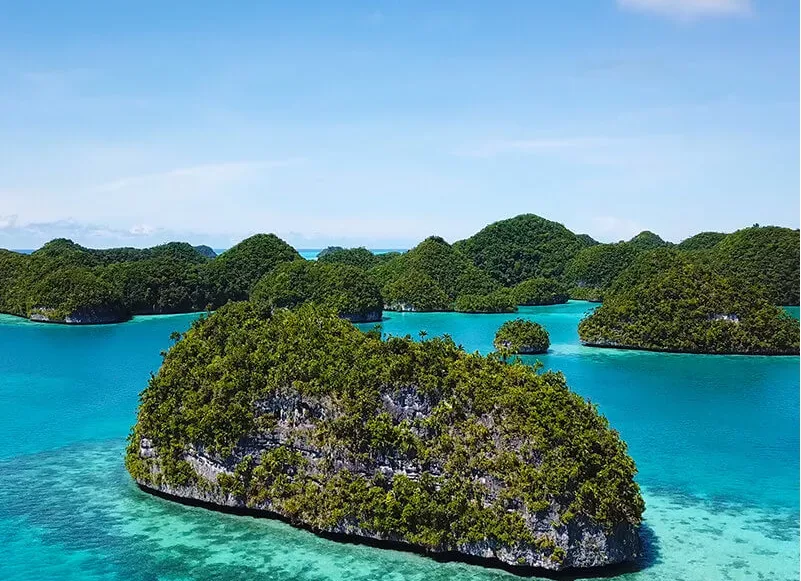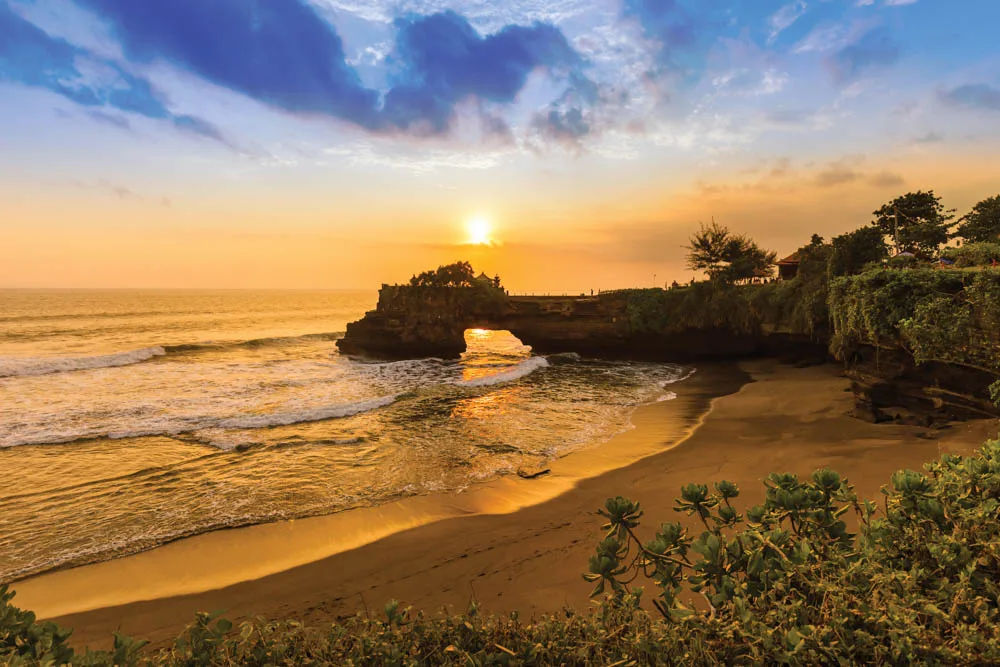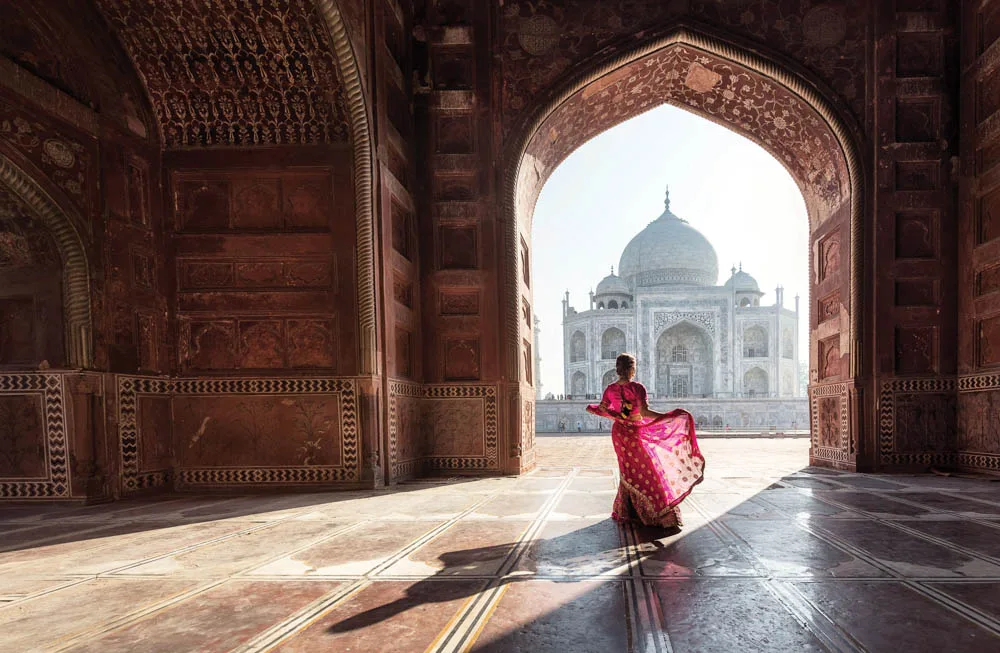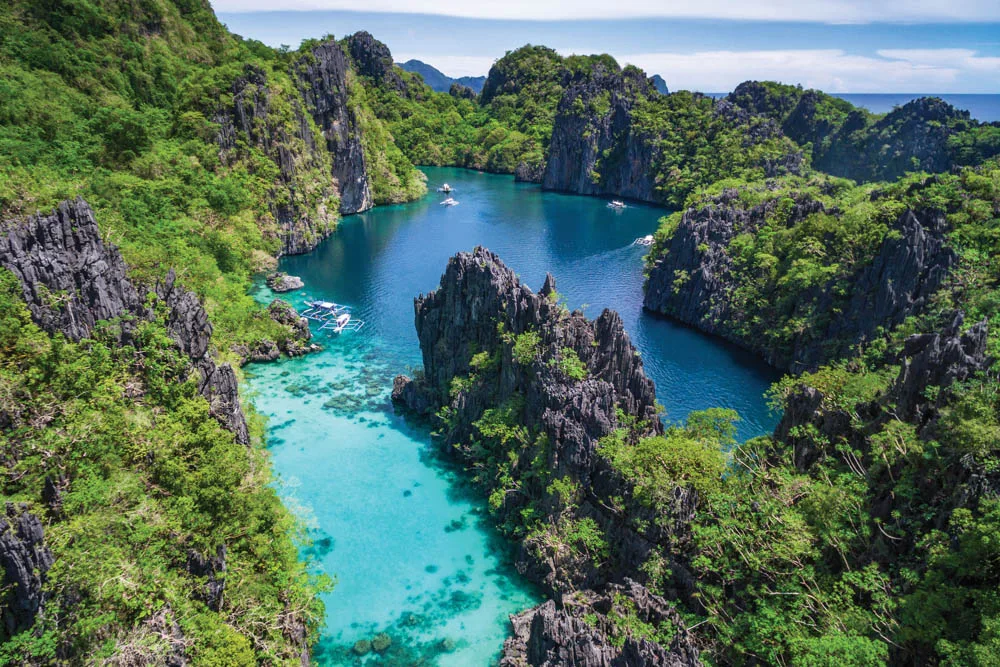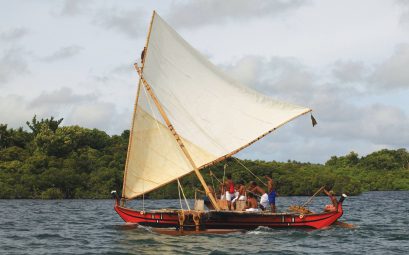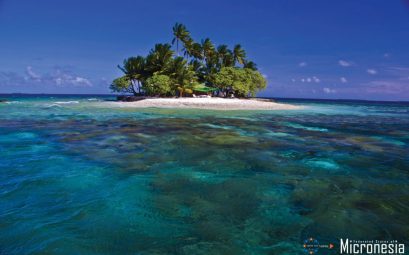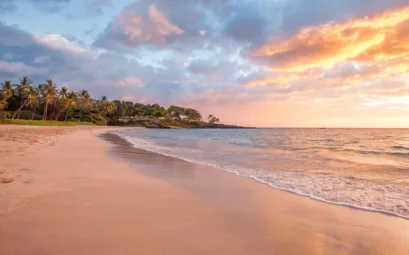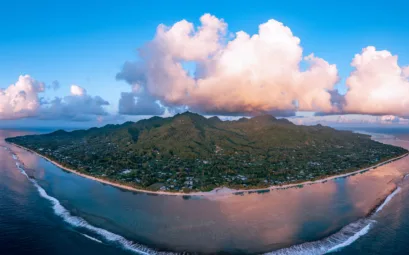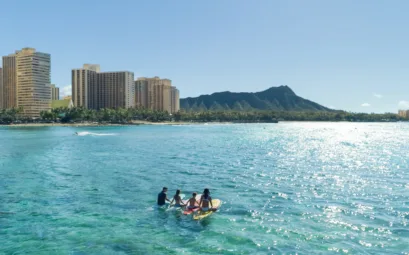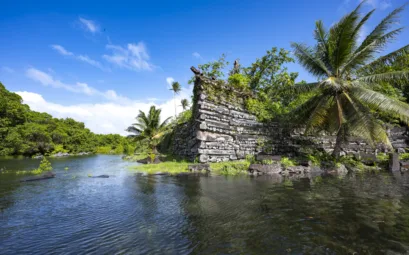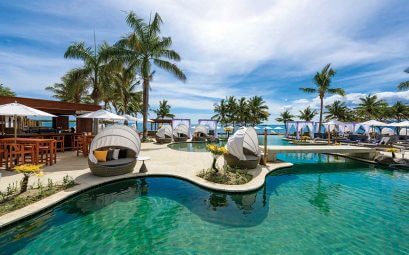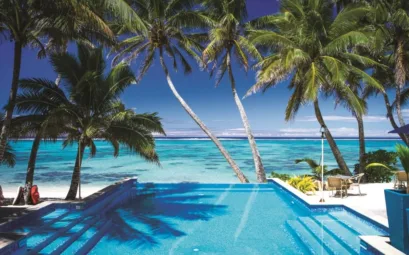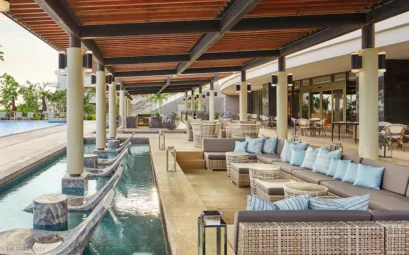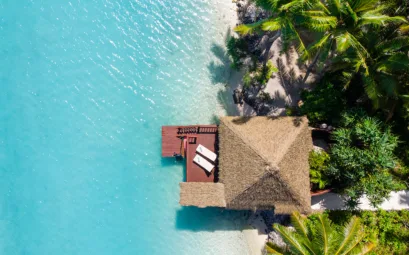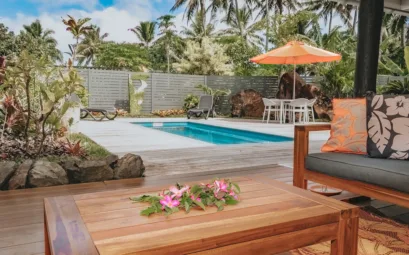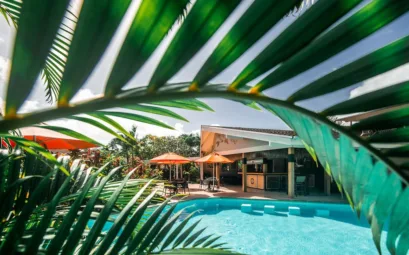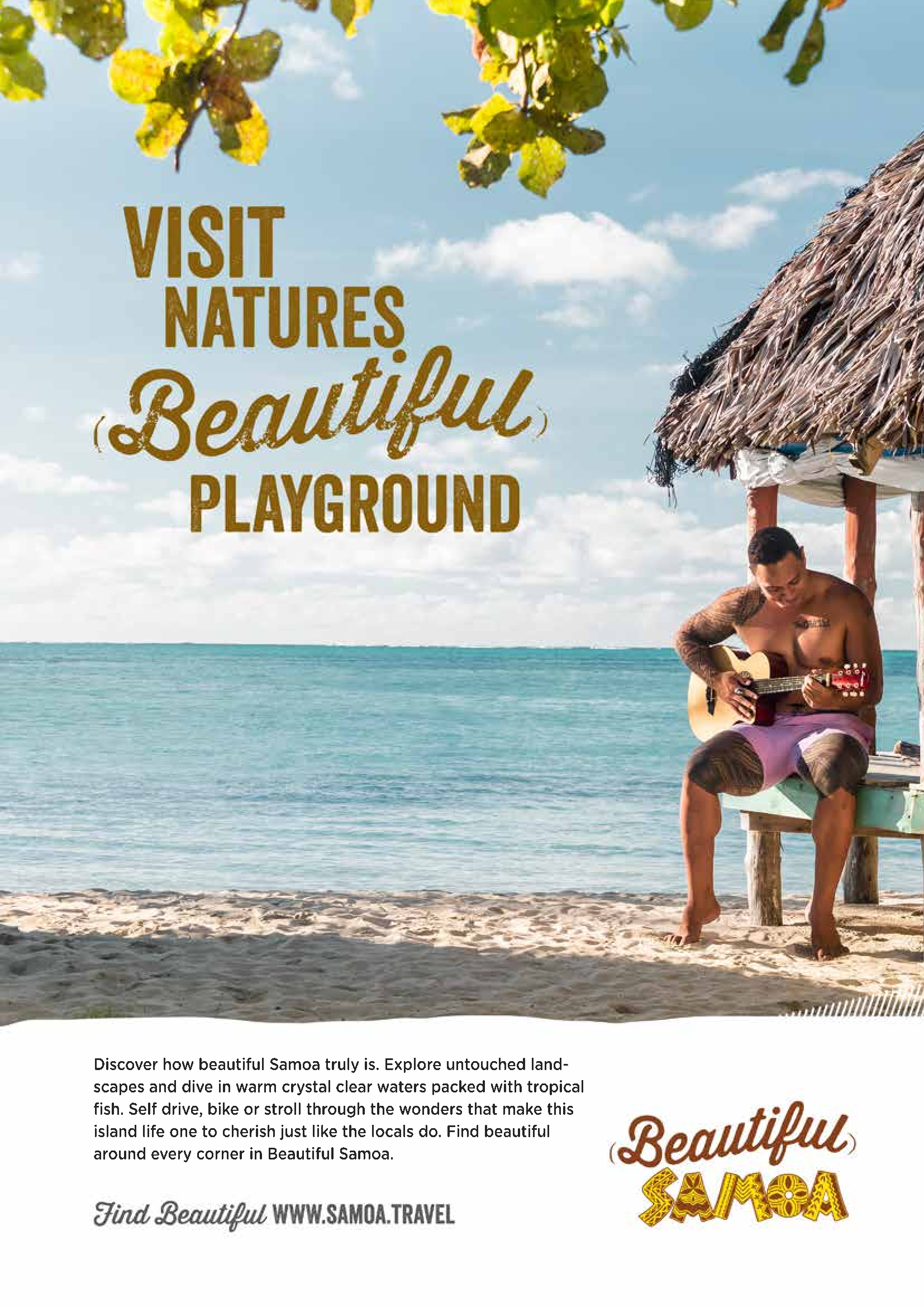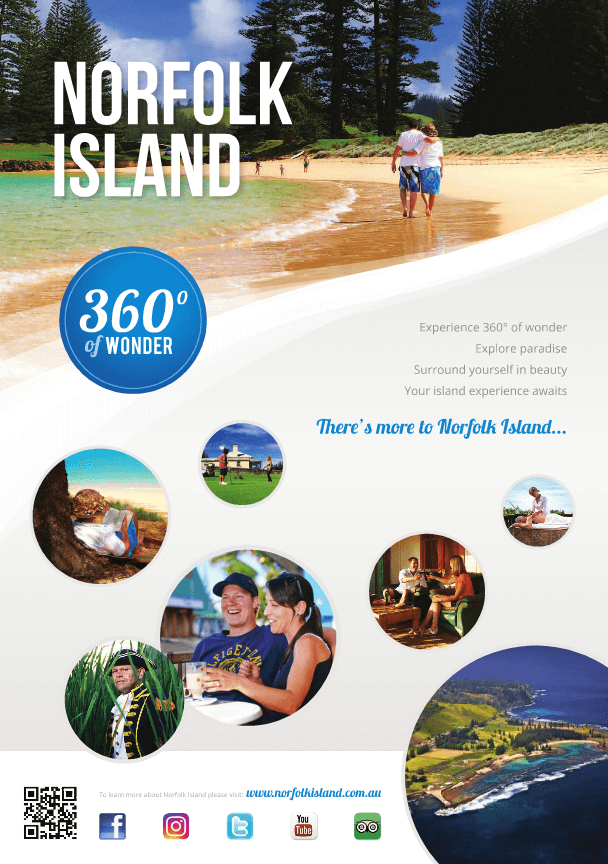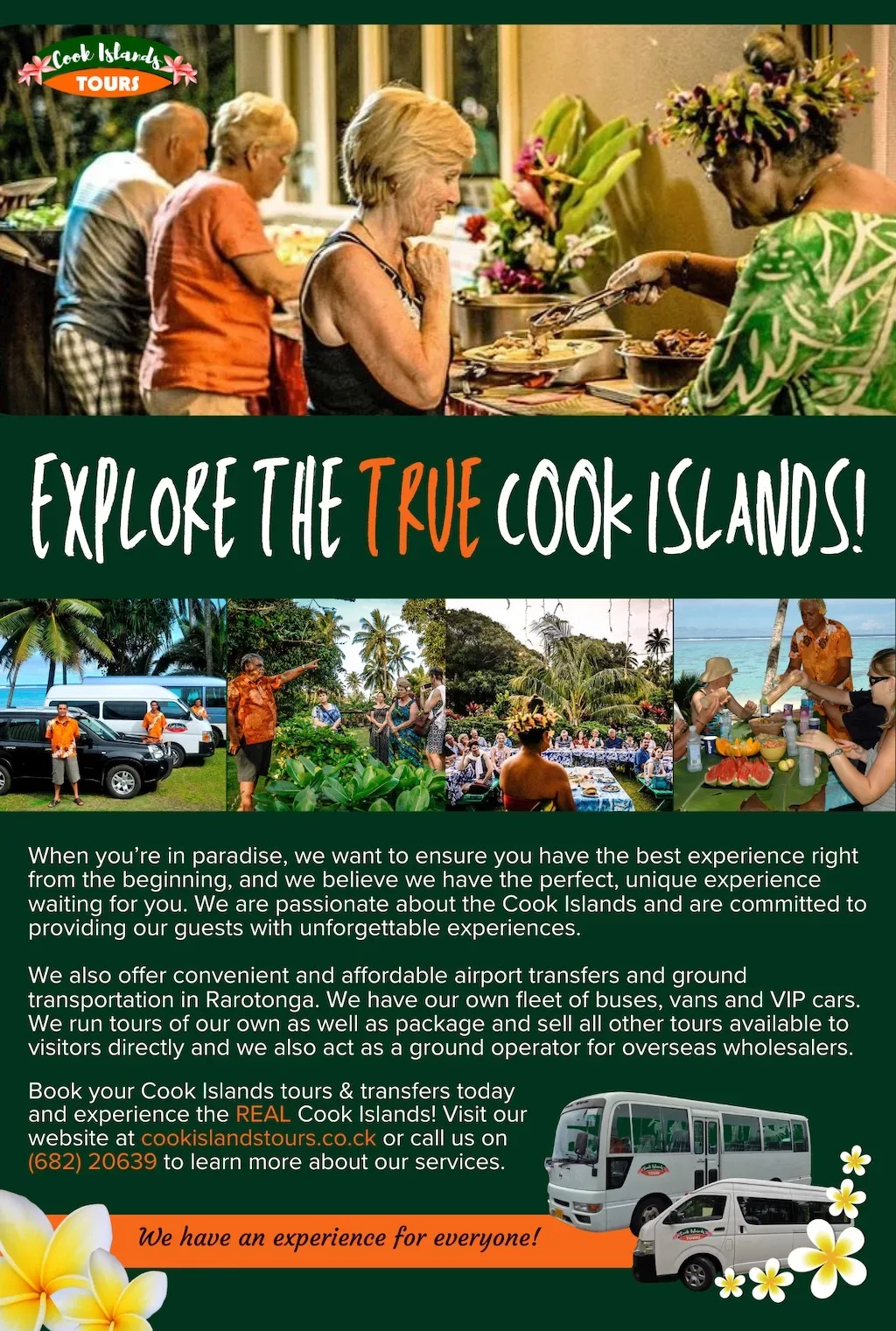Oahu suits beachcombers, honeymooners and adventurers of all ages.
With its perfect weather, tropical flowers, pristine valleys...
string(4859) "Oahu suits beachcombers, honeymooners and adventurers of all ages. With its perfect weather, tropical flowers, pristine valleys, rainbows and waterfalls, quiet beaches and fiery sunsets, it’s truly a jewel. Honolulu, the capital, is surrounded by beautiful white sandy beaches and attracts some seven million visitors each year. It offers plazas, five-star restaurants, nightclubs, world-class shopping, great art and architecture, exquisite hotels and friendly people with old fashioned Aloha spirit. Enjoy all the convenience of city living with the ambience of the tropics. A great way to get an overview of Honolulu is to take the Historic Waikiki Trolley Tour, a two-hour narrated tour on a turn-of-the-century designed trolley which stops every 15 minutes at 20 locations allowing you to spend time at as many stops as you like before rejoining the route. Stops include Honolulu Zoo, Chinatown, Aloha Tower Marketplace and the Hawaii Maritime Centre, King Kamehameha Statue, Restaurant Row and several shopping locations. There are more than a dozen specialised walking tours in Honolulu and many focus on historical sites such as the Kawaiaha`o Church, Hawaii’s oldest. Chinatown has many buildings with architecture reminiscent of a bygone era. Stroll through the arcades past the exotic herb shops and see the famous open market. More than one million visitors a year experience a taste of old Polynesia and the charm and beauty of the seven South Pacific villages at the Polynesian Cultural Centre. While there, visit the Imax theatre, experience a luau and see the spectacular Polynesian show. Take a nostalgic trip to Pearl Harbour where you can visit the USS Arizona Memorial or step aboard the USS Bowfin, a real WWII submarine. You can learn more about this compelling wartime attack by visiting the USS Arizona Memorial Visitor Centre displaying WWII naval history and see a film about the attack. Outdoor attractions include Sea Life Park on Oahu’s South East Shore which has the world’s only ‘wholpin’, offspring of a false killer whale and an Atlantic Bottlenose dolphin. Waikiki Aquarium houses several endangered and rare species, interactive exhibits and a world-famous collection of tropical fish. At Waimea Valley Audubon Centre on the North Shore experience Hawaiian cultural and ecological treasures in a natural park. Numerous cruises offer the opportunity to see the spectacular Waikiki/Honolulu coastline and whale watching cruises are a highlight in season. Another way to sightsee is in a glass-bottom catamaran in Kaneohe Bay on Oahu’s East Coast, where you can enjoy the sail and make viewing stops along the coral reefs. A safe and interesting way to see the natural wonders of the reef is to take a trip in a high-tech Atlantis Sub to a depth of 30 metres and see a visual feast of reef fish and mysterious ocean predators. Other Oahu ‘musts’ include a visit to Diamond Head crater which has a one-mile hiking trail leading to the 231 metres summit where there are spectacular views of Waikiki and Honolulu. No visit to Hawaii would be complete without a swim or at least a walk along the promenade at famous Waikiki beach. Surfboards and boogie boards are available for rent with the option of lessons for the novice ‘guaranteed to get you up’. Other activities on Oahu include windsurfing, sailing on catamarans, kayaking, waterskiing and jet skiing. Parasailing under the direction of an experienced captain is a great way to view Honolulu and Waikiki from a new perspective, nine to 91 metres above the ocean flying tandem or by yourself. The Hanauma Bay Marine Preserve, Hawaii’s most famous snorkelling spot, aims to preserve nature and educate visitors about the fragile ecosystem. As well as having unlimited activities, Honolulu is a gourmet’s paradise with cuisine that is a blend of the spices of Asia and the Pacific with European styles and sauces. It is also a shopper’s paradise with everything from the International Marketplace ‘souvenir heaven’ (built around a 100-year-old banyan tree) to famous Ala Moana, one of the largest open-air shopping centres in the USA. With nearly 50 new retailers, the Waikiki Beach Walk is the largest development in Waikiki’s history. Nearly three hectares along well traversed Lewers Street is a colourful showcase and gathering place. This outdoor entertainment plaza includes several dining establishments and hotels, and benefits from the island’s cooling trade winds and year-round excellent weather. Where else in the world can you snorkel a crystal lagoon, climb a dormant volcano, surf huge waves, kayak along a pristine coastline, picnic on a sandbar, soar in a glider over tide pools, scuba dive over sunken aeroplanes, play golf at a championship course and sail into the sunset? "













